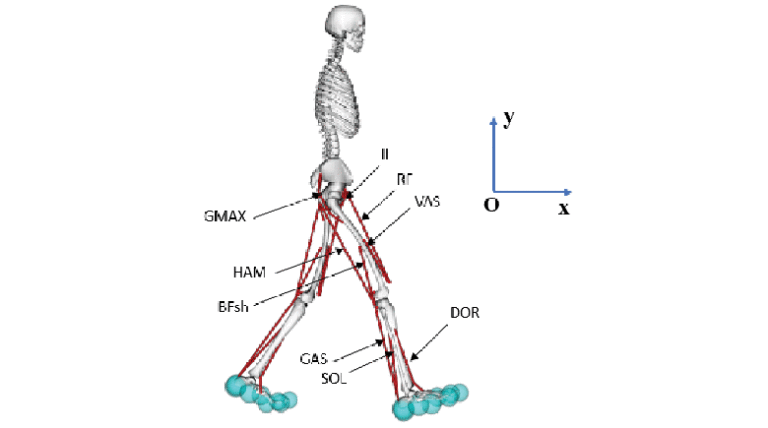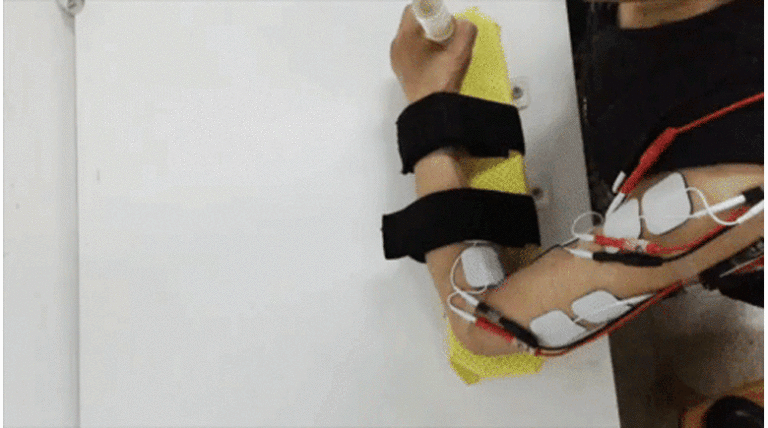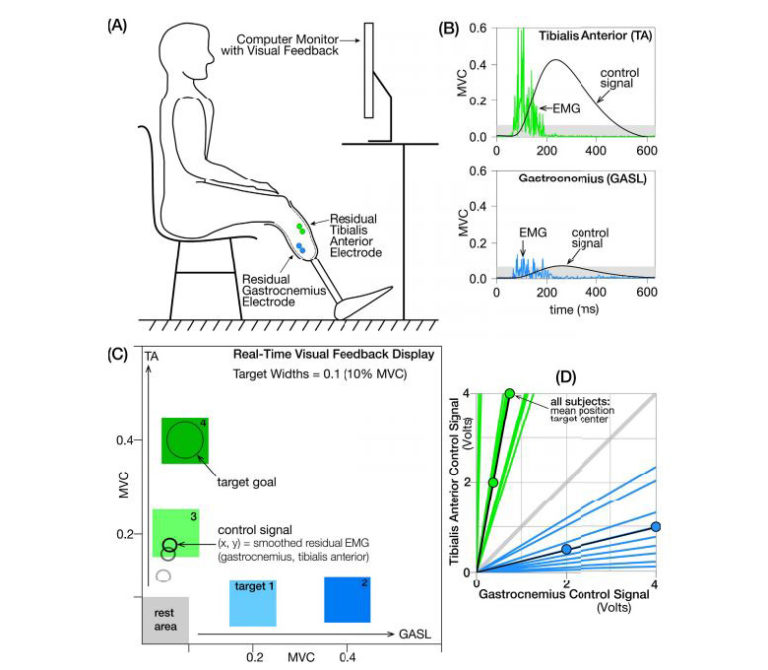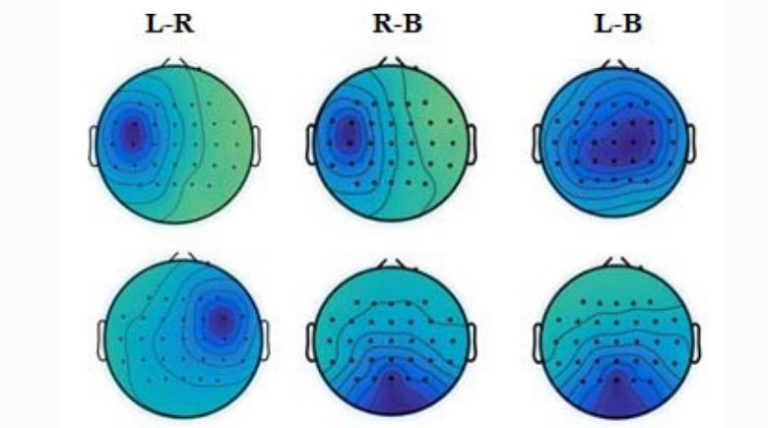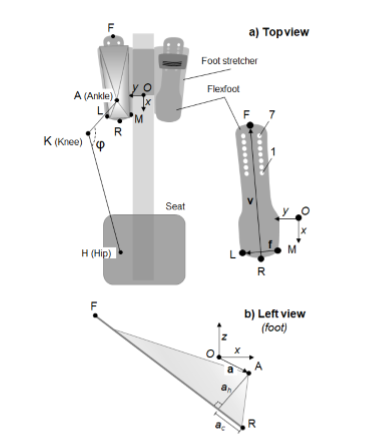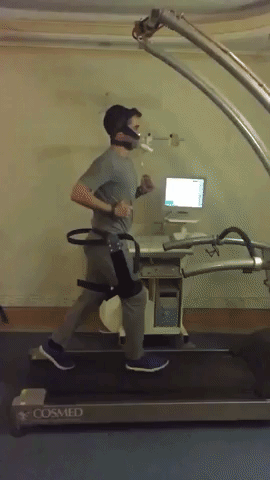Abstract:Stroke is the leading cause of disability among adults in the United States. Behaviors such as learned nonuse hinder hemiplegic stroke survivors from the full use of both arms in…
read moreMost people with cerebral palsy (CP) suffer from impaired walking ability and pathological gait patterns. Seeking to improve the effectiveness of gait training in this patient population, this study developed…
read morePredictive simulation based on dynamic optimization using musculoskeletal models is a powerful approach for studying human gait. Predictive musculoskeletal simulation may be used for a variety of applications…
read moreFunctional electrical stimulation (FES) is capable of activating muscles that are under-recruited in neurological diseases, such as stroke. Therefore, FES provides a promising technology for assisting upper-limb motor functions…
read moreDiscrete, rapid (i.e., ballistic like) muscle activation patterns have been observed in ankle muscles (i.e., plantar flexors and dorsiflexors) of able-bodied individuals during voluntary posture control. This observation motivated…
read moreBimanual movements are an integral part of everyday activities and are often included in rehabilitation therapies. Yet electroencephalography (EEG) based assistive and rehabilitative brain computer interface (BCI) systems typically…
read moreNearly all spinal cord injured (SCI) individuals lose bladder control and are prone to kidney complications if intermittent catheterization is not applied. Electrical stimulation (ES) of the sacral anterior roots…
read moreFunctional electrical stimulation of lower limb muscles during rowing provides a means for the cardiovascular conditioning in paraplegia. The possibility of shaping stimulation profiles according to changes in knee angle,…
read moreIn this paper, we present a new perspective to design an unpowered exoskeleton for metabolic rate reduction in running. According to our studies on human biomechanics, it was…
read more

